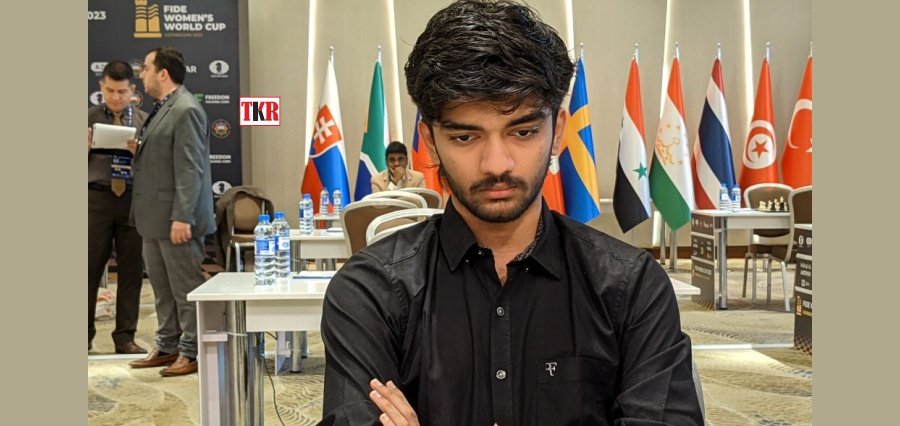- Mr Thomas Dal, Dean, Strate School of Design
Inclusion and diversity are essential, more so within a dynamic discipline like the design industry. Most corridors of design schools today seem to lack diversity. Uniformity reveals a missed opportunity—one that limits the kinds of perspectives that make a difference and offers real ways of fueling innovation. This challenge is relevant to the future of design education and the industry at large.
The recognition of the value of diversity and inclusion can dramatically change education and the design industry. Imagine classrooms filled with ideas from students of diverse backgrounds with different cultural perspectives and ways of creativity. This exposure becomes very important because it allows future designers to come up with culturally sensitive products and solutions relevant for global use. In India, such initiatives are of the greatest priority. Only about 14% of the design workforce is made up of women; scheduled castes and scheduled tribes are grossly underrepresented in higher education as a whole, and design schools are no exception. These statistics underscore the more pressing need for change towards greater inclusivity and diversity in design education.
One of the most stimulating initiatives by any visionary design school is the recruitment of international faculty. Bringing educators from different parts of the world enriches students with a diverse range of cultural backgrounds and design ideologies. For example, the presence of teachers from other countries can enrich the quality of classroom discussions and group projects. Students experience a taste of the global market they will enter after graduation, which is very important in enabling them to design for an audience that spans the globe.
Along with the faculties, the other effective approach would be to integrate international pedagogy into the local contexts. It will help design schools to come up with a universal curriculum relevant to diverse students by marrying global design principles with rich regional cultural heritage. Students will appreciate the global trends but remain able to understand and address specific needs and nuances relevant to the local communities. A curriculum such as this one should indoctrinate cultural identity and prepare students to conceive designs that are not only innovative but also culturally sensitive.
Other key steps to improve diversity at the institutions are entrance exam reform and more financial aid. The traditional examination system is biased against rote learning and, hence, is partial to creative thinkers who may not do as well in a traditional classroom. The new breed of entrance tests measures a candidate’s distinction, creativity, and potential. These exams are designed more to ascertain what students can do for them tomorrow than what they learn today. Originality and innovative thinking come to the forefront.
It fosters diversity as well. The economic constraints normally lock out able students from pursuing their dreams in design. With such understanding, a reputable number of design schools offer scholarships and grants to less privileged students. Such institutions try as much as possible to make sure that no student with talents gets locked out from pursuing his education due to economic constraints. Outreach programmes that identify and encourage talented students from underserved communities are also essential to increasing access to quality design education.
Personalised education oriented towards the unique approach of each particular individual and his or her style of learning is the key to bringing out real talent. In this case, an individual study plan will help each student work on their strengths and interests to develop their own style and design philosophy. Mentorship programmes offer additional support to students, guiding their personal and professional growth to be well-equipped to face design industry-related challenges. At the heart of this methodology lies the ‘360 approach’ to design education. This is a kind of all-encompassing method of teaching that focuses on really understanding the problem at hand in its totality before any decisions are made. It’s a tweak of classic design thinking, stopping students and making them find a complete understanding of a situation before taking action. What’s more, it sharpens critical thinking by asking the kids to question the question, know what’s behind each question, and find a solution.
These are the effects of this kind of initiative. The different perspectives raised by such initiatives keep the degree of creativity very high, resulting in more innovative and inclusive design solutions. Companies with higher degrees of diversity in their management teams, states a study by the Boston Consulting Group, have 19% higher revenues from innovation. Students will thus have the opportunity to meet a variety of standpoints and ways of thinking about problems, making them well-rounded designers to take on global challenges through empathy and ingenuity.
Despite these efforts, important challenges still lie ahead. Design education for real diversity and inclusiveness is a continuous exercise of commitment and innovation. Future efforts will involve further outreach, more extensive scholarship opportunities, and dynamic curriculum updates to make design education relevant to the needs of students and the evolving industry. This need for diversity and inclusion in design education is not an ethical but a natural precondition for creativity and innovation. In an inclusive environment, design schools lead with diverse perspectives to bring in a new generation of designers who are capable of envisioning and building a better world for all. A diversity of voices in design would help to frame such a vision and produce a better, more inclusive future for all.





